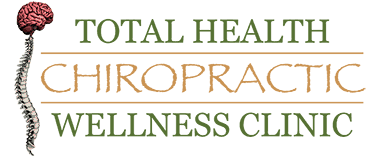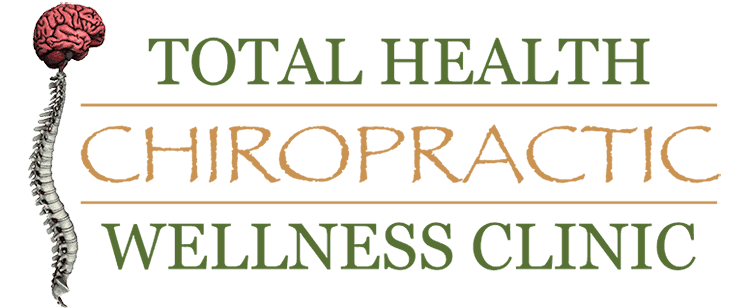The current medical model of healthcare unintentionally creates an unreasonable and sometimes dangerous perception of healing. Due to the predominant recommendations and use of prescription drugs, people become accustomed to an expected norm of instant relief and healing. The fast-paced quick fix culture often breeds unrealistic expectations for pain relief and disease resolution. People begin to draw conclusions that healing should be almost instantaneous when genuine healing actually takes time.
 Any process which involves adjusting the health and function of the body takes time. Losing weight, healing bones, and gaining muscle represent a few examples of sustained changes to the human organism that improve the body but take time to resolve. People occasionally become frustrated with a perceived lack of results in these areas despite awareness that the process takes time. The topic of pain relief escalates peoples’ impatience even more. Consumers ingest prescription medications and potent pharmaceuticals that numb the body to discomfort and pain in an instant. These pain killers shut down the brain’s capacity to accurately perceive danger and pain, which further leads to people tending to associate the numbness with healing. These methods of treating discomfort do not actually heal the body or bring about long-term resolution. People need to change their expectations for genuine healing and recovery and change the medical model that associates numbness with health.
Any process which involves adjusting the health and function of the body takes time. Losing weight, healing bones, and gaining muscle represent a few examples of sustained changes to the human organism that improve the body but take time to resolve. People occasionally become frustrated with a perceived lack of results in these areas despite awareness that the process takes time. The topic of pain relief escalates peoples’ impatience even more. Consumers ingest prescription medications and potent pharmaceuticals that numb the body to discomfort and pain in an instant. These pain killers shut down the brain’s capacity to accurately perceive danger and pain, which further leads to people tending to associate the numbness with healing. These methods of treating discomfort do not actually heal the body or bring about long-term resolution. People need to change their expectations for genuine healing and recovery and change the medical model that associates numbness with health.
Chiropractors represent one of many forms of natural health care practitioners which educate, treat, and communicate plans and procedures to help millions of people recover, heal, and experience a pain free life full of function and performance. One of the hardest lessons to communicate with patients revolves around fully understanding appropriate expectations regarding healing time. Treating the actual cause of pain and discomfort involves taking the time to genuinely repair and heal the body. The process takes time.
A study published in 2016 detailed the importance of time when utilizing a natural form of health care like Chiropractic. The research compared two groups of people. One group received adjustments and the other did not. Patients were evaluated after 4 weeks and again after 12 weeks. The outcome measures assessed included proprioception (ankle joint position sense), postural stability, sensorimotor function (reaction time), multisensory integration, and quality of life. The researchers found that “sensorimotor function and multisensory integration associated with fall risk and the physical component of quality of life improved” in those receiving regular Chiropractic care over the 12 weeks.
The study builds on previous research that proves the efficacy of Chiropractic adjustments in the treatment and healing of body structure, organs, and in achieving optimal function and performance. The issue most people contend with involves the fact that the process of healing and recovery take time. Isolated treatments and pill consumption do not provide the body with time needed to genuinely resolve an unwanted issue. Chiropractic adjustments improve the ability of the brain to receive and send messages to all parts of the body. Yet the body requires time to adjust, rebuild, and resolve. The study showed that 4 weeks of Chiropractic care provided some improvements in the outcome measures; however, 12 weeks of Chiropractic care recorded more significant improvements in all measurable areas. Genuine healing takes time. Chiropractic care provides the most effective form of long-term care and healing for an endless list of painful and uncomfortable conditions, but restoration takes time.
Maximised healing involves knowledge and a commitment to healing. The benefits of Chiropractic extend far beyond pain relief when adjustments unlock the powerful capabilities of the human body. Chiropractic provides long term restoration; the healing is just a matter of time.
References:

